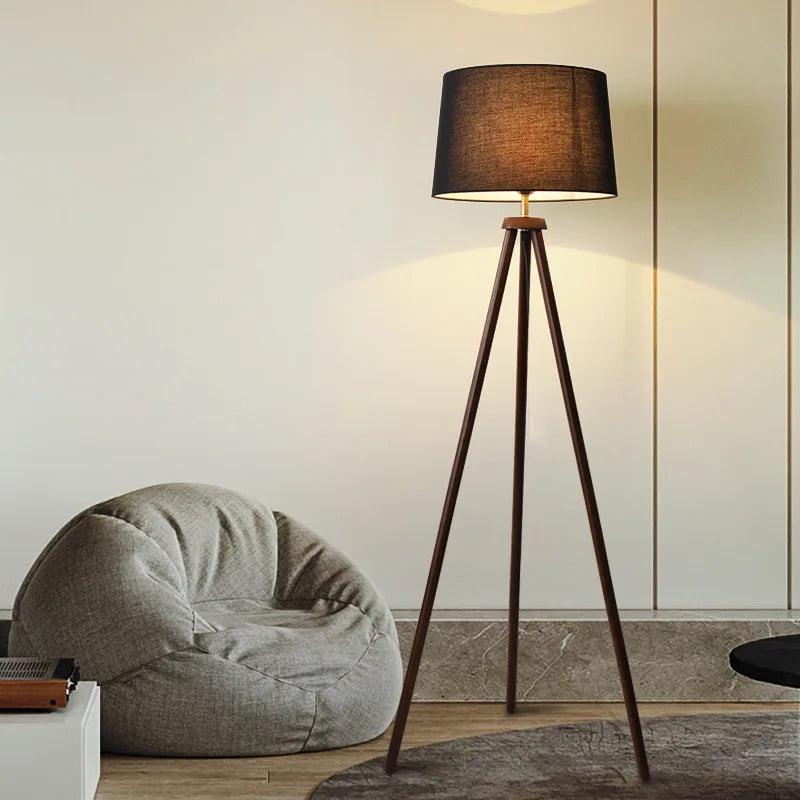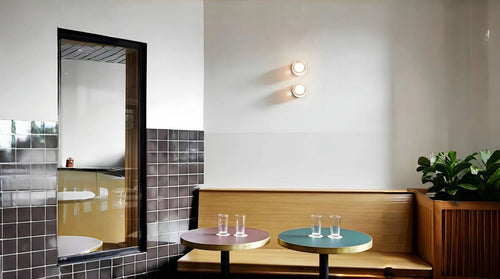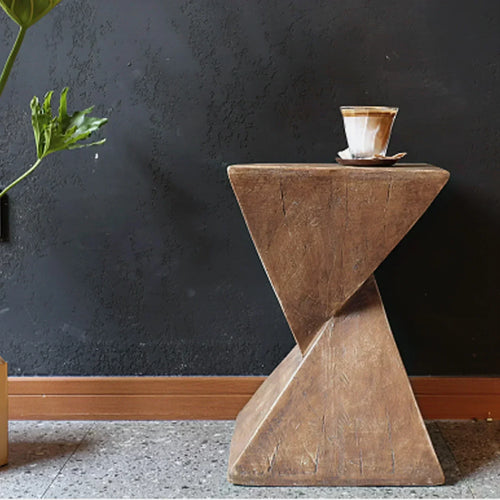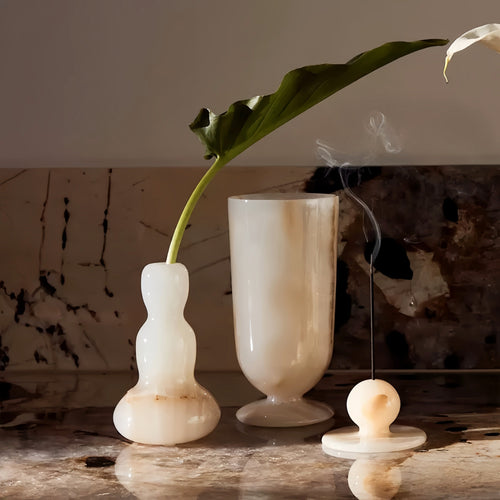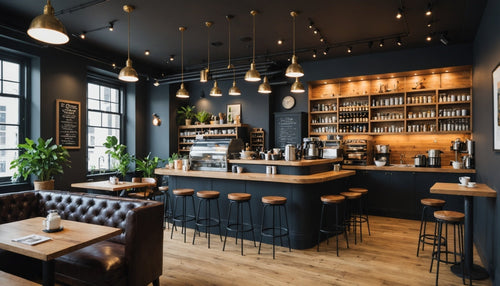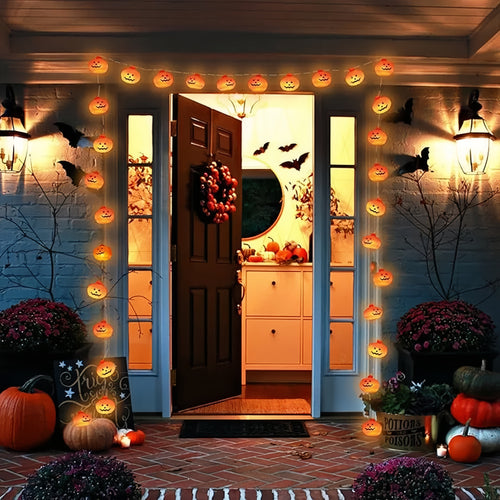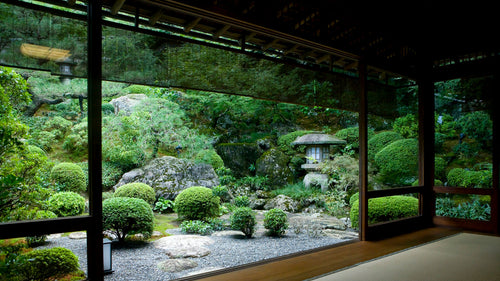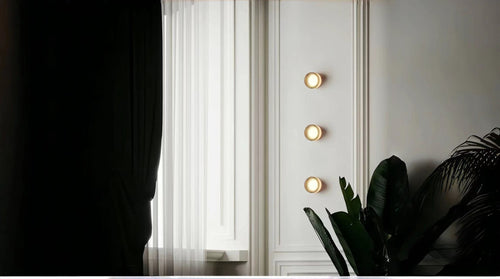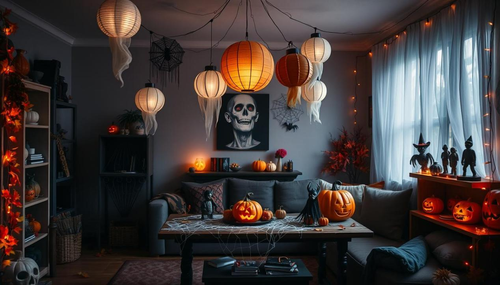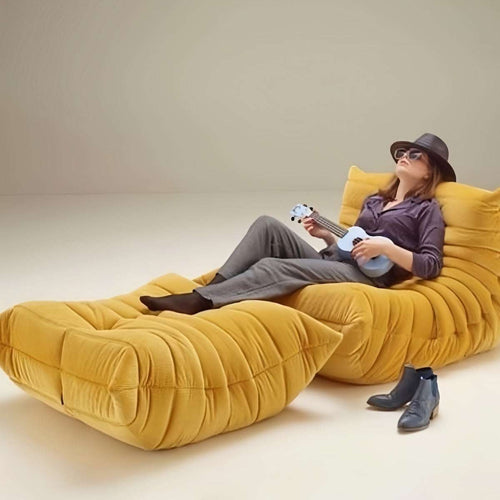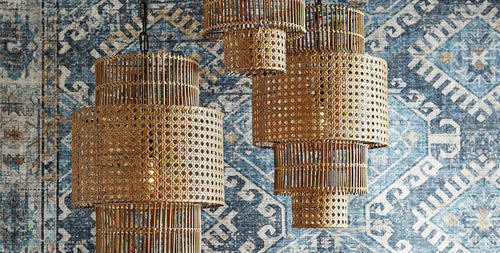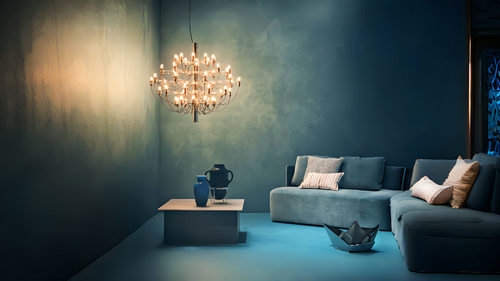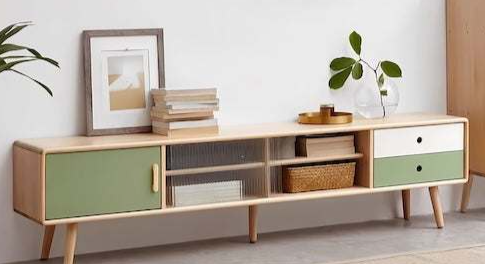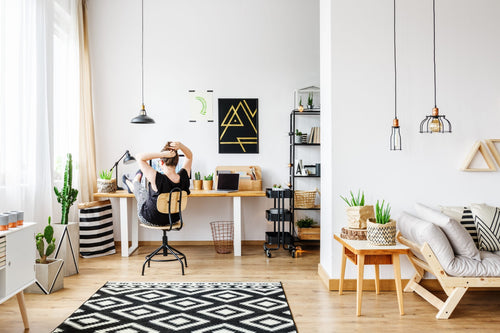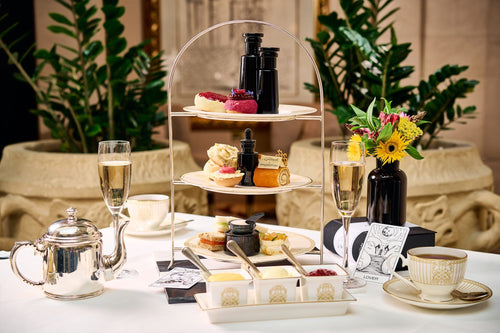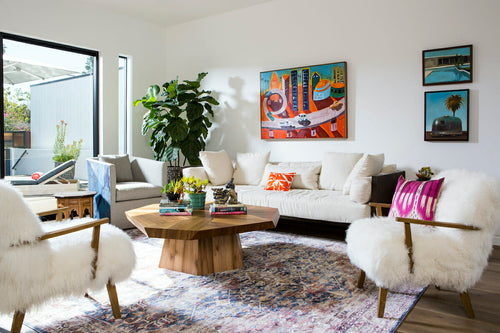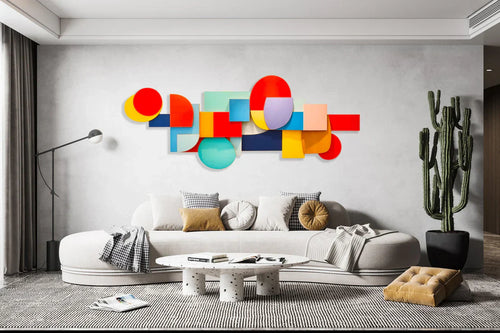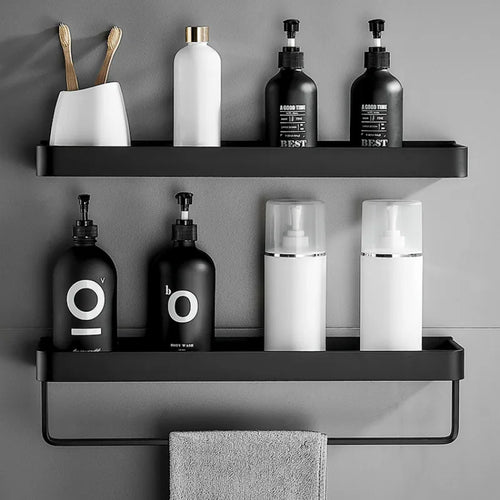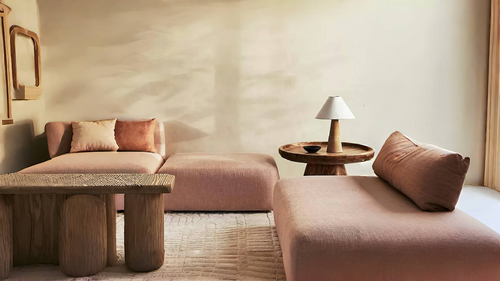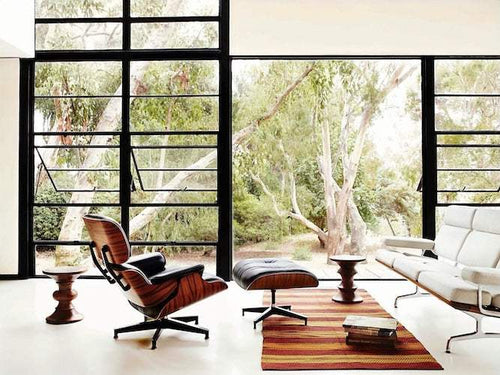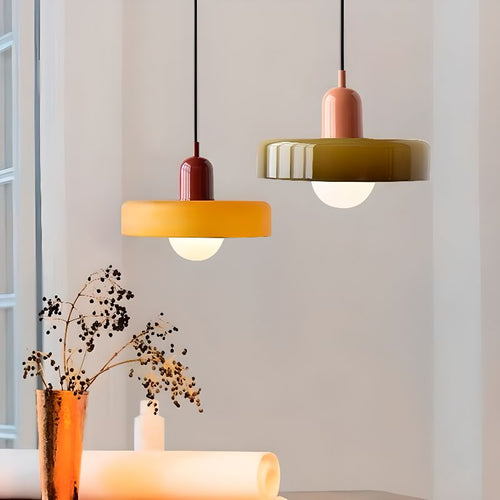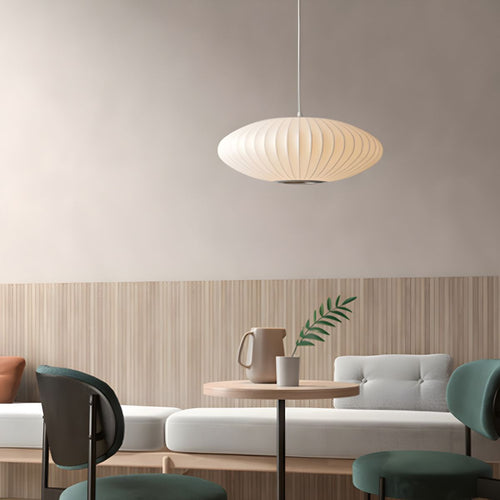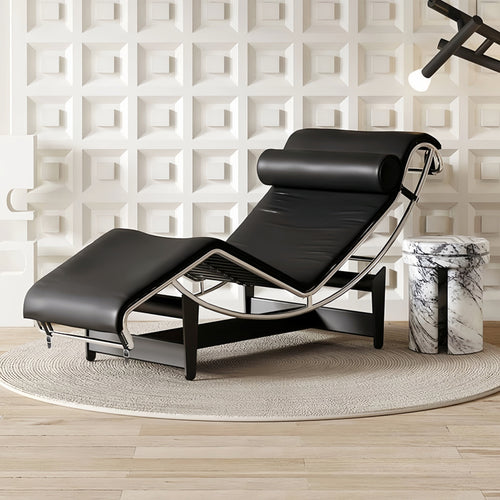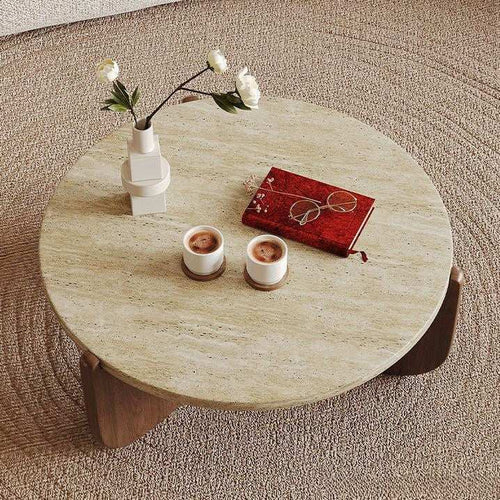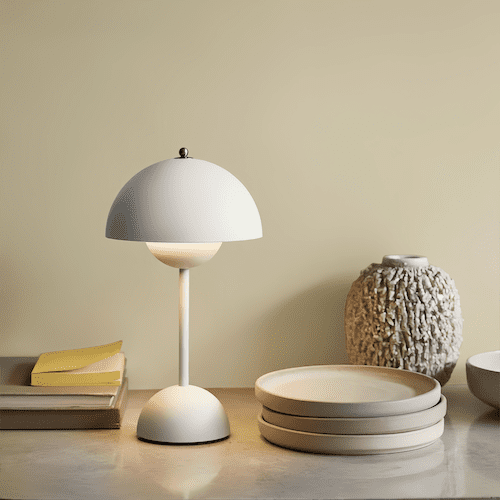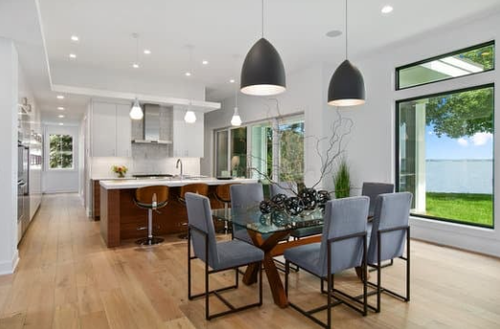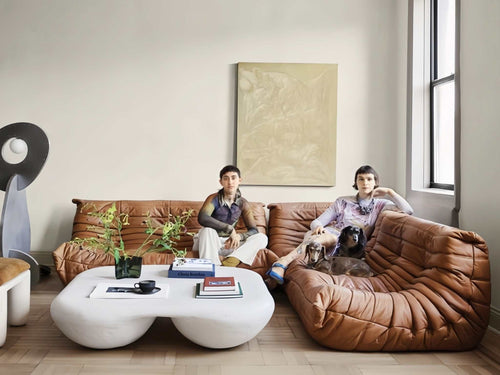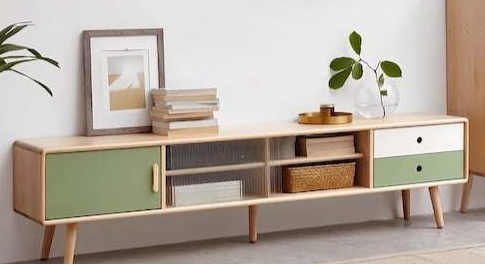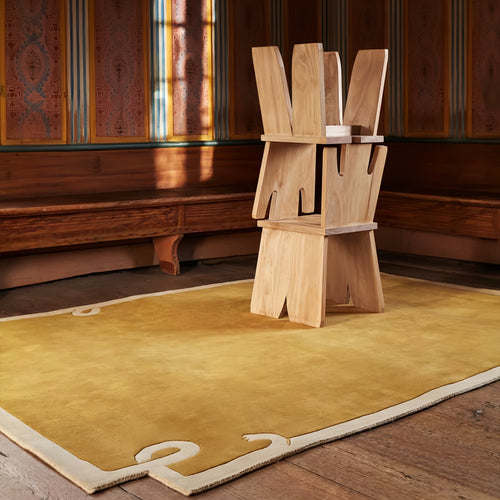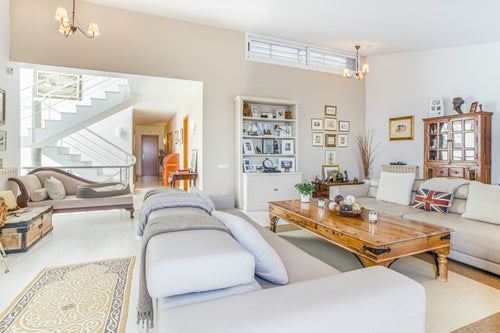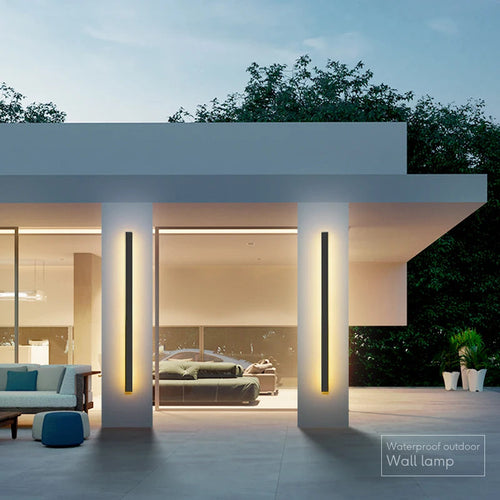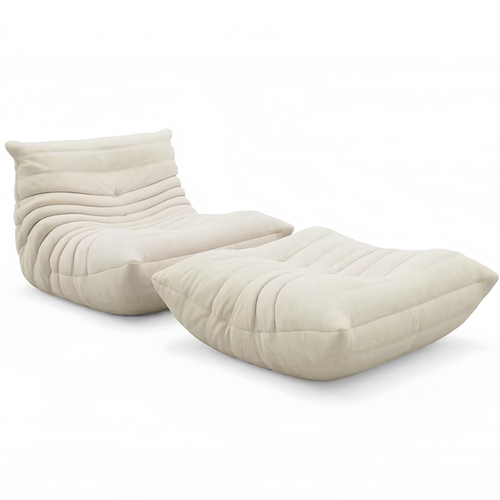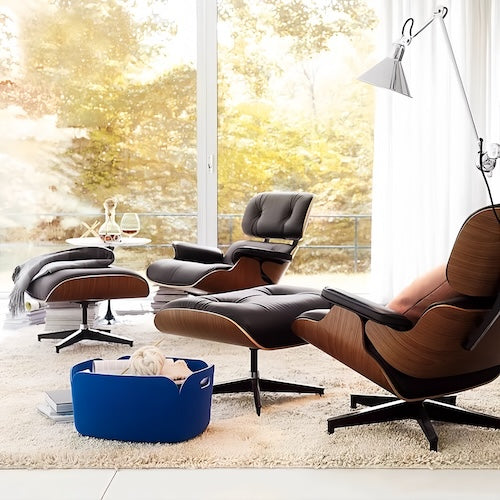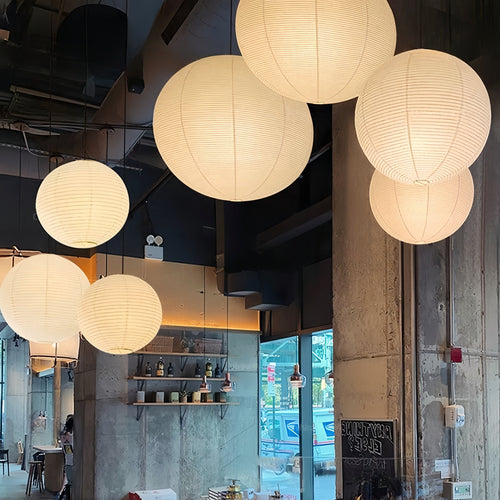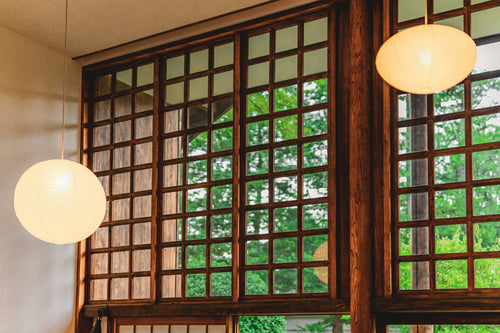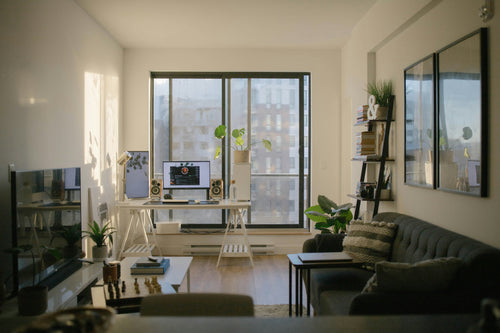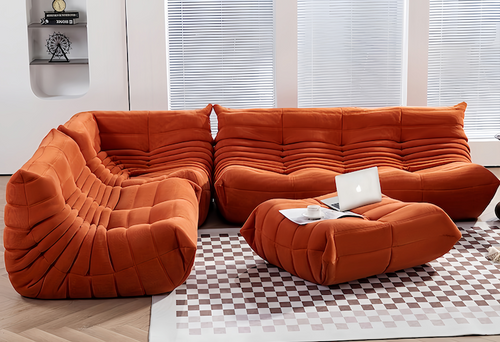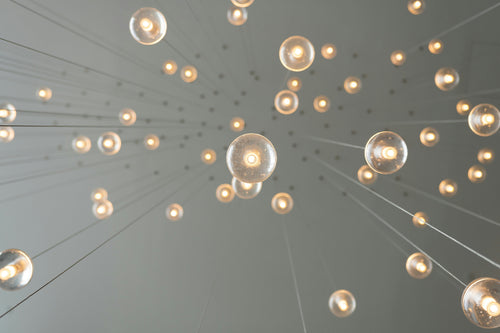Understanding the Role of Entryway Lighting:
The entryway is the first impression of your home; it is like a preview of what's to come. A well-lit entryway can create a warm and welcoming environment for guests, while a dim, poorly lit entryway can be off-putting. Various lighting options are available for the entryway, including ceiling fixtures, pendant lights, and wall sconces. However, floor lamps offer a unique way to add character and a personal touch to your home's entryway.
Importance of Proper Placement for Floor Lamps in the Living Room:
Floor lamps play a crucial role in creating a comfortable and inviting living room ambiance. Besides providing functional lighting for reading or watching TV, floor lamps can also become a decorative element that enhances the interior design. When deciding where to place a floor lamp, factors such as room layout, existing lighting fixtures, and personal preference should be taken into account.Strategic Placement Ideas for Floor Lamps in the Living Room:
One of the most common placements for a floor lamp in the living room is next to a reading nook. A floor lamp with an adjustable arm can provide targeted lighting for reading or working. Another placement idea is to place the floor lamp behind a sofa, which can create a cozy atmosphere and add depth to the room. If the living room has a corner that feels dark, a corner floor lamp can brighten up that area while creating a cozy ambiance. When placing a floor lamp, consider how it can highlight architectural features or complement other furniture pieces.Tips for Achieving Optimal Lighting Balance:
The key to a good lighting ambiance is balance. A combination of lighting sources, including floor lamps, table lamps, and ceiling fixtures, can create an inviting atmosphere. To achieve optimal lighting balance, ensure that different lighting sources have varying degrees of brightness. Dimmers or adjustable floor lamps can provide versatile lighting options to create a perfect ambiance for different activities such as watching TV, reading or entertaining.
Adding Personal Style and Aesthetic Appeal:
Floor lamps come in different designs, materials, and finishes, making them an element to add to your personal style and the overall aesthetic appeal of the living room. A funky floor lamp can become a statement piece to enhance the interior design style. Alternatively, a tripod floor lamp can offer a more minimalist look. Moreover, the floor lamp's material and finish should be chosen to complement the living room decor.
The entryway and living room's lighting ambiance is crucial in creating a welcoming and comfortable environment for guests and residents alike. The strategic placement of a floor lamp in the living room can add both functional and decorative lighting, enhancing the overall ambiance. With proper placement and balance, a floor lamp can become a personal style statement and a fixture that adds aesthetic appeal to the living room.
How tall should a floor lamp be
The height of a floor lamp can vary depending on personal preference and the intended use of the lamp. As a general guideline, a floor lamp for general lighting purposes should be around 58 to 64 inches tall, allowing the light to be at eye level when seated. However, for task lighting, such as reading or working, a taller floor lamp between 65 to 72 inches may be more suitable to direct the light downwards. Ultimately, consider the room's layout and the lamp's intended purpose when determining the optimal height.
Can you put a floor lamp next to a tv
Yes, you can certainly place a floor lamp next to a TV. However, it is important to consider a few factors to ensure a good viewing experience.
Firstly, make sure that the lamp is not too close to the TV screen, as it can create unwanted glare or reflections. Position the lamp at a distance where the light does not directly shine onto the screen.
Secondly, consider the height of the lamp. If the lamp is taller than the TV, it may cast a shadow or create uneven lighting on the screen. It is best to choose a floor lamp that is shorter or at a similar height to the TV, ensuring an even illumination across the screen.
Lastly, be mindful of the placement of power cords. Make sure that the lamp and TV are both safely and conveniently connected to power sources without any cables causing tripping hazards or tangling.
By considering these factors, you can successfully place a floor lamp next to a TV while maintaining an optimal viewing experience.
Can you have two floor lamps in one room
Yes, you can absolutely have two floor lamps in one room. In fact, using multiple floor lamps can provide more versatile lighting options and help create a layered, well-balanced lighting scheme within the room.
Here are a few considerations when using two floor lamps in the same room:
1. Placement: Choose strategic locations for each lamp, considering both functionality and aesthetics. You can position them at opposite ends of the room to provide even illumination or place them near seating areas to provide task lighting for reading or other activities.
2. Height and style: Opt for floor lamps of varying heights and styles to add visual interest and enhance the overall design of the room. Mix and match different lamp designs to create a unique look.
3. Light distribution: Experiment with different angles and directions to achieve the desired lighting effect. Direct one lamp towards a specific area or wall, while the other lamp can provide ambient or general lighting to illuminate the entire room.
4. Dimmers or switches: Consider using floor lamps with built-in dimmers or using separate plug-in dimmers to control the intensity of each lamp individually. This allows you to adjust the brightness according to your needs and mood.
Remember that the goal is to create a well-balanced and functional lighting scheme in the room while also taking into account your personal preferences and the specific layout of the space.

